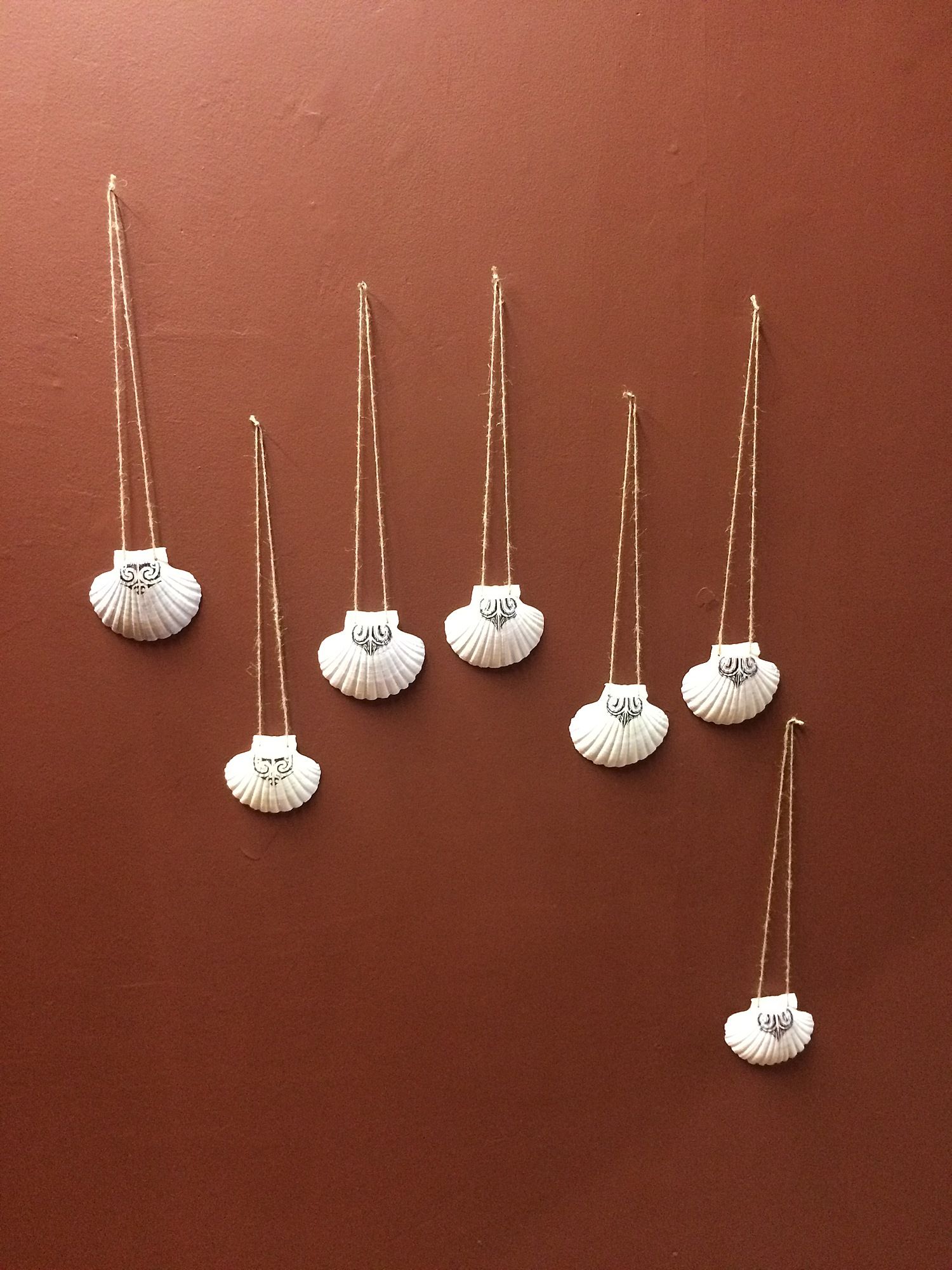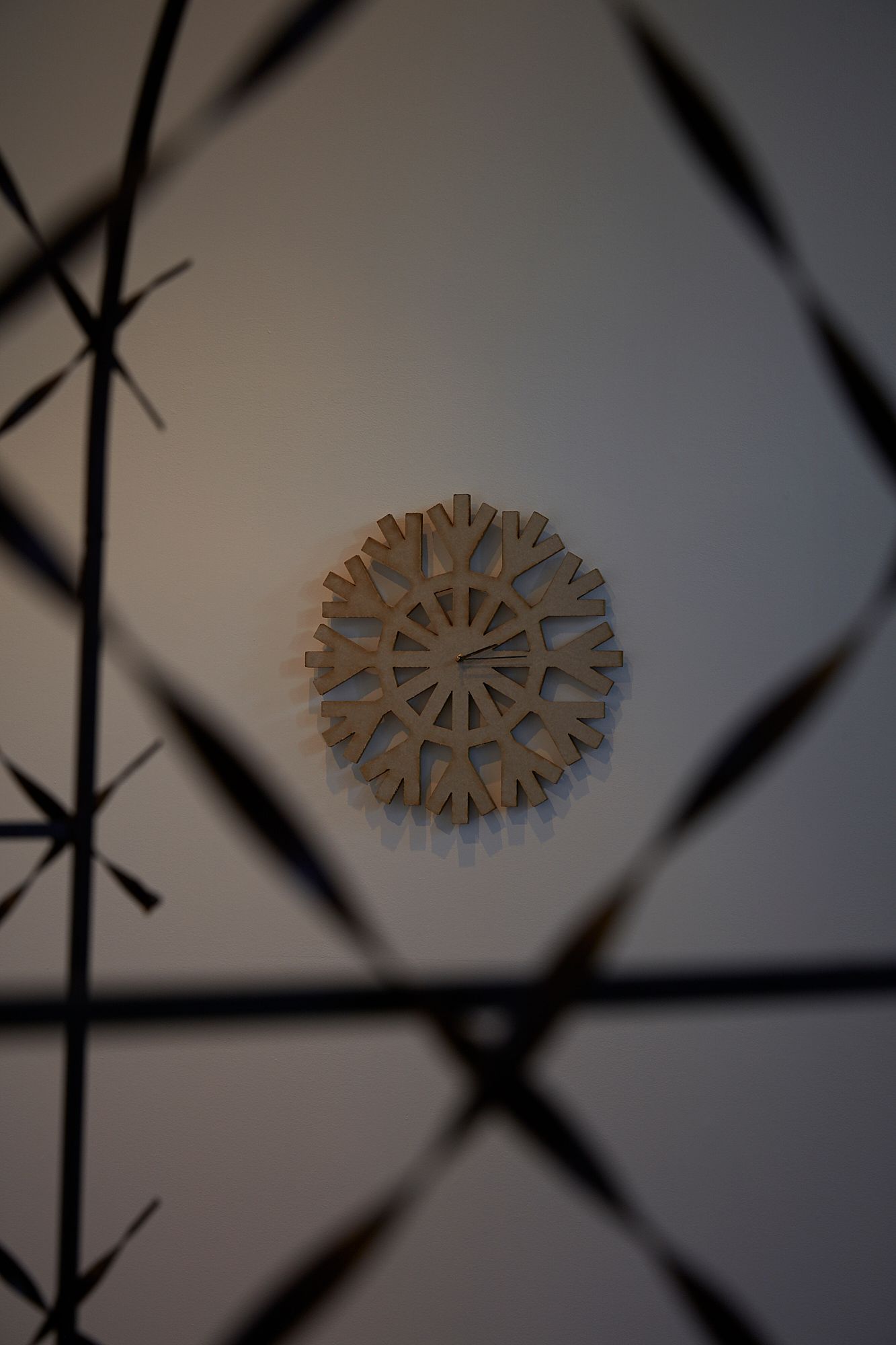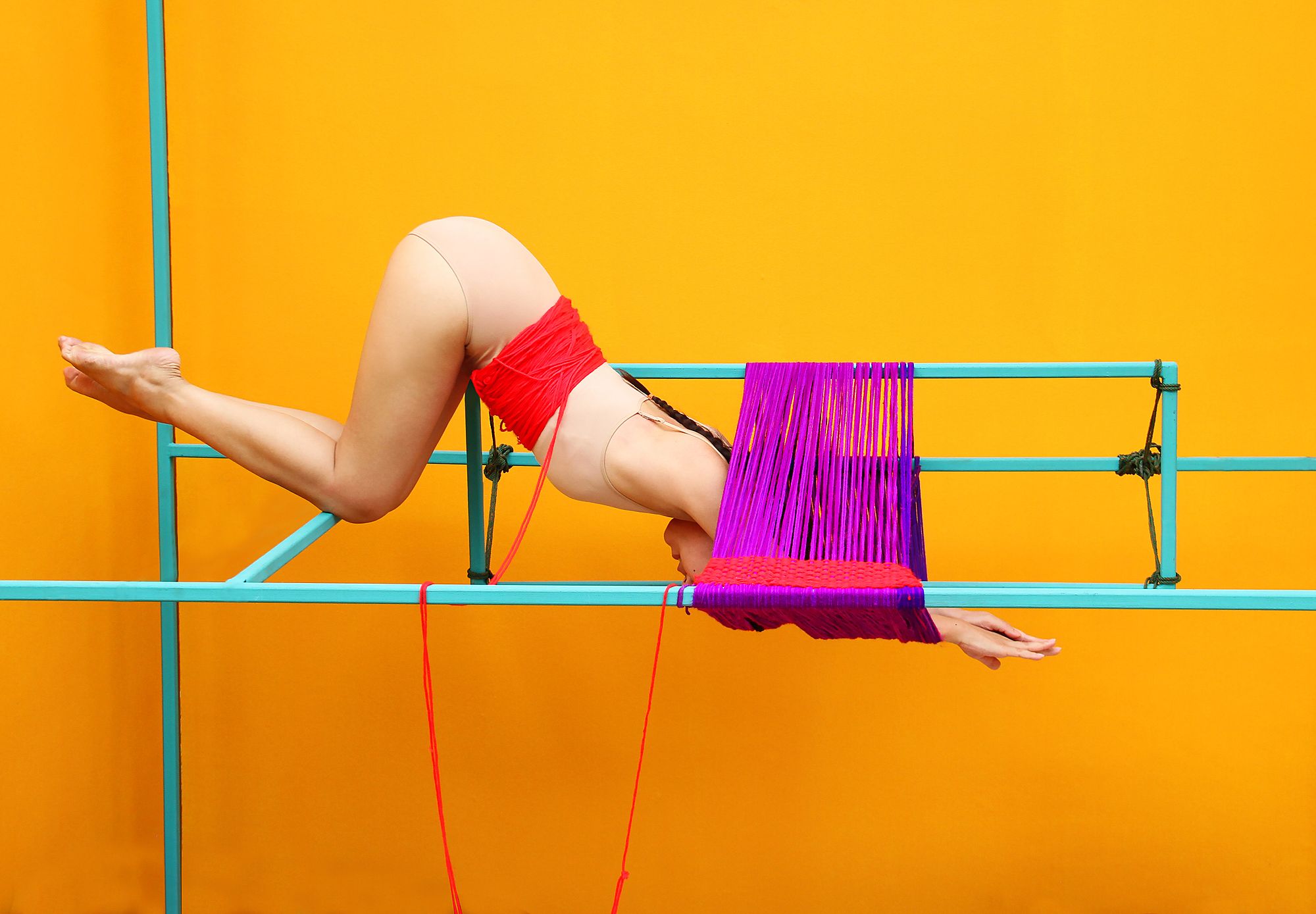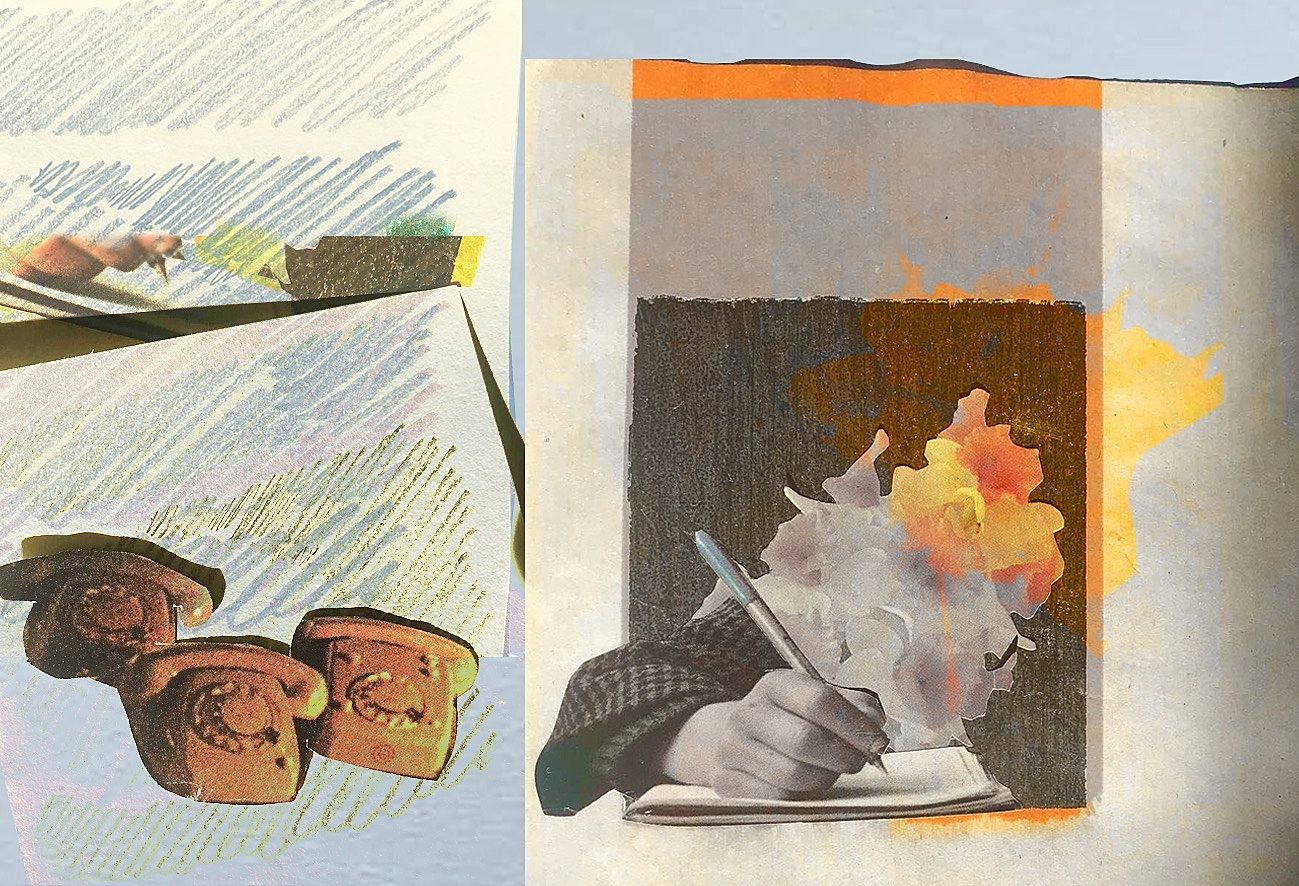The Unmissables: Four Exhibitions to see in June
A monthly round-up of notable, controversial and unmissable exhibitions in Tāmaki Makaurau and beyond.
A monthly round-up of notable, controversial and unmissable exhibitions in Tāmaki Makaurau and beyond.
Winter has descended swiftly and cruelly this year. As temperatures drop, it takes more to entice us out from under the covers and beside the heater. This is perhaps the perfect time to indulge in some online art experiences, for which there is perhaps no better place to turn than Window online, where Ana Iti’s scrolling poetic work Time is now measured in damage is currently showing. The beauty of this online space is the way it exists also as an archive – you can while away a chilly afternoon plundering its depths, revisiting exhibitions past.
Another kind of archive has been opened up in the latest display-case exhibition at Auckland Art Gallery Toi o Tāmaki. Victoria Wynne-Jones has drawn on the gallery archives to curate Notes on rest, which also includes newly commissioned works from one of this month’s featured artists, Georgina Watson. In fact, the opening up and display of archives is proving something of a trend in 2018, with works and objects from the late Julian Dashper being shown throughout the year in Michael Lett’s basement space. Meanwhile, further down the country, the latest exhibition at The Hocken Collections (titled The Order of Things) is made up of contemporary works and pieces from the collections that consider, among other things, the notion of cultural guardianship, the role of collecting, and the library as a microcosm of the universe.
Venturing out beyond the archive and beyond the sofa, this month our writers have visited galleries around Tāmaki Makaurau and Ōtepoti to bring you their most unmissable exhibitions for the month of June. Read on to discover what’s worth bundling up for!
Wary – A Survey
The focal point of the brown room in the narrow dealer gallery is a digital photograph of a sparrow (a nod to Michael Parekōwhai) by A.A.M. Bos, which connects to the artist’s mother whose home-town in the Netherlands was so destroyed during WWII that not even sparrows were left. The colours of the sparrow are referenced in Yllwbro’s bird whare that hangs from the ceiling, providing a meeting place for conversation between Europeans and Māori. Stories of past conflict, family and messages of peaceful resolution are also evident in Yllwbro’s scallop shells with tā moko that allude to the incredible story of Tarore, who learned to read the Gospel of Luke in te reo Māori and whose murder led to peace, rather than further bloodshed.
It is difficult to sum up Wary – A Survey in so short a piece as this. The show is filled with the kinds of details and references that I have come to love in the work of Mokopōpaki artists: visual puns, humour, enigmatic and charismatic characters, Māori histories and perspectives, layered references to other artworks in the space, artists and personal histories. In particular, it is the artists’ interrogations of identity that continue to feel unique and necessary in the ways they seek to challenge the unfaltering status quo. – Eloise Callister-Baker
Wary – A Survey
Yllwbro and A.A.M. Bos
Mokopōpaki
23 May – 20 June
aggrieved weaklings
Standing in the immersive installation that is Georgina Watson and Alexander Laurie’s aggrieved weaklings, I find myself thinking about Aotearoa poetry of the early 20th century. One cue is a poetic text by the artists printed on the room sheet, which terminates in the word ‘dominion’. I’m transported back to one of my first university classes, just up the hill from the Gus Fisher Gallery, where I learned about Allen Curnow, A.R.D. Fairburn, and other writers who were – to paraphrase Curnow – interested to the point of obsession in the question of national identity. That identity was fundamentally Pākehā, a fact attested by Fairburn’s 1938 book/poem Dominion, with its images of working-class neglect, settler-colonial dislocation, evil but successful conquest, and salvation in nature.
Watson and Laurie similarly seem to explore Euro-British influences on this nation. Their display includes a clock in the form of a snowflake, a holly-like wreath, a garden arch, a large screen evocative of the gate of an early lift or one fortifying the entrance to a department store. The pieces do not quite read as artefacts, plucked from the past. Instead, they feel like ghostly emblems of a dream of New Zealand as a white-dominated offshoot of a white-dominated empire. In 2018, in the ostensibly progressive context of a university gallery, the ensemble is a curious kind of provocation – lovely, almost memorial, and not a little pitiful. It has about it the smell of old institutions and illusions, questioning the ability of Pākehā to really see these things, questioning our willingness to let them go. – Francis McWhannell
aggrieved weaklings
Georgina Watson & Alexander Laurie
Gus Fisher Gallery
5 May – 9 June
Mirror Grain
It may be the mirror conjured in the title of the exhibition, or Charlotte Drayton’s chessboard-esque flooring, or perhaps even the way one’s body reacts and contracts as one enters the low-slung space that is Objectspace’s Chartwell Gallery. Most likely it is all of these things in concert that make me think of Lewis Carroll’s Through the Looking Glass, and What Alice Found There, which unfolds after Alice climbs through her mantelpiece mirror and into the Looking-glass House, an alternative world where poetry, gravity, time and space are all experienced differently.
For Mirror Grain, works from ceramicist Ann Verdcourt and interdisciplinary artist Katrina Beekhuis are placed within Inheritance (2018), a large-scale architectural work by Drayton which toys with the viewer’s perceptions of space and inflects their experience with a subtle tension, perhaps even a giddy sense of déjà vu. Each of the works in this exhibition engages with notions of reproduction and repetition, inviting the viewer to question the value of decorative objects, accents and spaces that are historically loaded and decidedly not singular.
There is a particularly graceful, teasing interplay between Drayton’s signature vertical blinds and Ann Verdcourt’s Glimpse, eight cartons and two Victorian Jugs (1980), both of which work to deny the viewer the pleasure of experiencing things wholly. They are instead forced to move around the space so they may drink in many different glimpses and views – of the space and of the two jugs – as a kind of consolation prize. Mirror Grain is an exhibition that needs to be experienced in the flesh, its strength lying in the subtle interactions between the works and the sensate body of the viewer. – Lucinda Bennett
Mirror Grain
Ann Verdcourt, Katrina Beekhuis & Charlotte Drayton
Objectspace
12 May – 24 June
Performing Textiles
For seven minutes and forty-two seconds Thai artist Kawita Vatanajyankur is suspended vertically, and repeatedly submerged headfirst in a bowl of brilliant, red dye. Her ankles are bound together, and a pair of hands positioned either side of her legs help guide her body towards the bowl in order to dye the white tangle of wool attached to her head. Over the course of this dunking Vatanajyankur holds her breath as the white wool slowly turns pink then red.
This is one of four hyper-coloured video performance works in Vatanajyankur’s must-see exhibition Performing Textiles, currently showing at the Dunedin Public Art Gallery. In this work (Dye, 2018) Vatanajyankur’s body is a vehicle for the dyeing of wool – just one stage of the wool manufacturing process that includes spinning, weaving, and possibly carding. This last process corresponds to Vatanajyankur’s least literal video (Untangled, 2018) in which the artist, floor-bound, performs an iterative sequence of contortions beneath a barely perceptible mesh of fine ‘invisible’ wires. Working beneath the constraints of the wires, Vatanajyankur writhes to untangle the strands of red wool looped around her torso.
In The Spinning Wheel (2018) Vatanajyankur rotates her body around a red cog, and in Shuttle (2018) she is the shuttle diving between the warp and weft on a loom-like structure. Together, these four video works tackle the vulnerability and strength of the female body as it labours in everyday, domestic, and machinic contexts. These are meditation poses of the subjugated and the resilient. – Robyn Maree Pickens
Performing Textiles
Kawita Vatanajyankur
Dunedin Public Art Gallery
5 May – 26 August
The Unmissables is presented in a partnership with the New Zealand Contemporary Art Trust, which covers the costs of paying our writers. We retain all editorial control.






